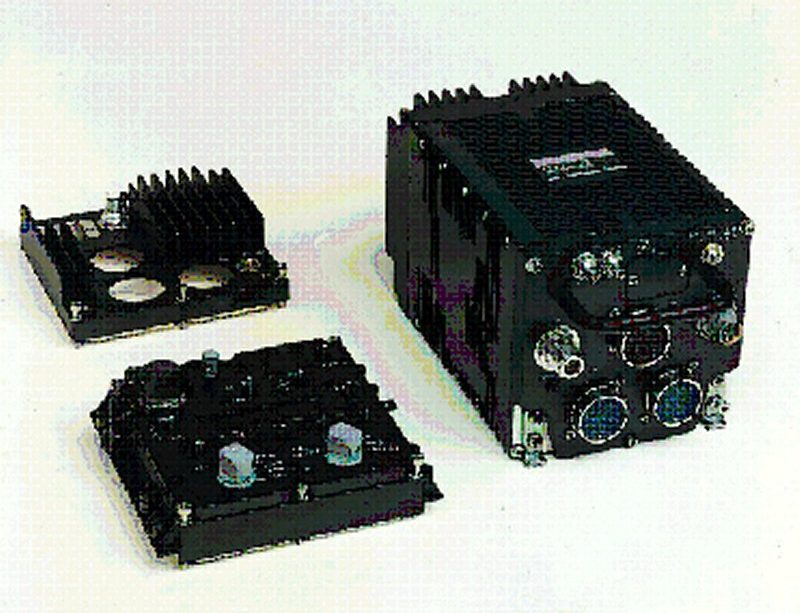The Importance of Arcs in Design and Architecture

Introduction
The arc is an essential element in various fields, including architecture, design, engineering, and art. Characterised by its graceful curvature, the arc not only enhances aesthetic appeal but also improves structural integrity. Its relevance in both historical and contemporary applications underscores its importance to designers, architects, and engineers alike.
The Role of Arcs in Architecture
In architecture, the use of arcs can be traced back to ancient civilisations, with notable examples such as Roman aqueducts and Gothic cathedrals featuring stunning arcades. These structures demonstrate how arcs can distribute weight effectively, allowing for larger spans and more open spaces. Today, architects continue to incorporate arcs in modern designs, using them in bridges, buildings, and public spaces to create not just visually striking, but functionally superior structures.
Arcs in Design
Beyond architecture, arcs are fundamental in product design and graphics. Designers utilise arcs to create fluid, organic shapes that are more welcoming and approachable compared to rigid lines. The ergonomic design of furniture often incorporates arcs to create comfort and usability. In graphic design, arcs can enhance visual narratives, guiding the viewer’s eye around the composition and creating a sense of movement.
Technological Advancements and Arcs
The significance of arcs has been increasingly recognised in the field of technology and engineering. With the advancement of computer-aided design tools, engineers are now able to innovate ways to utilise arcs more effectively, be it through the development of lightweight structures or more efficient transport systems. For instance, the design of high-speed rail systems often employs arches and arcs for stability and speed, demonstrating the practical benefits of these forms.
Forecasting Future Uses
Looking ahead, it is expected that the prevalence of arcs will continue to grow in various sectors, driven by sustainable design practices and innovative construction methods. As architects and designers aim for energy efficiency and reduced waste, arcs provide a pragmatic solution, enabling both aesthetic beauty and functional efficacy. The integration of architectural software will likely further enhance the utilisation of arcs in complex designs, leading to a new era of architectural elegance.
Conclusion
In conclusion, arcs play a pivotal role across multiple disciplines, influencing both the beauty and functionality of designs. Their historical significance combined with future potential points to their essential nature in shaping our environment and experiences. Understanding how to effectively incorporate arcs may continue to be invaluable for professionals in design and architecture alike.






